The Qorikancha (or Coricancha), Cusco
A review of a visit to Cusco’s Qorikancha in May 2022. One of the most unique sights in Cusco, the Qorikancha illustrates the story of the conquest of the Inca Empire more powerfully than any history book.

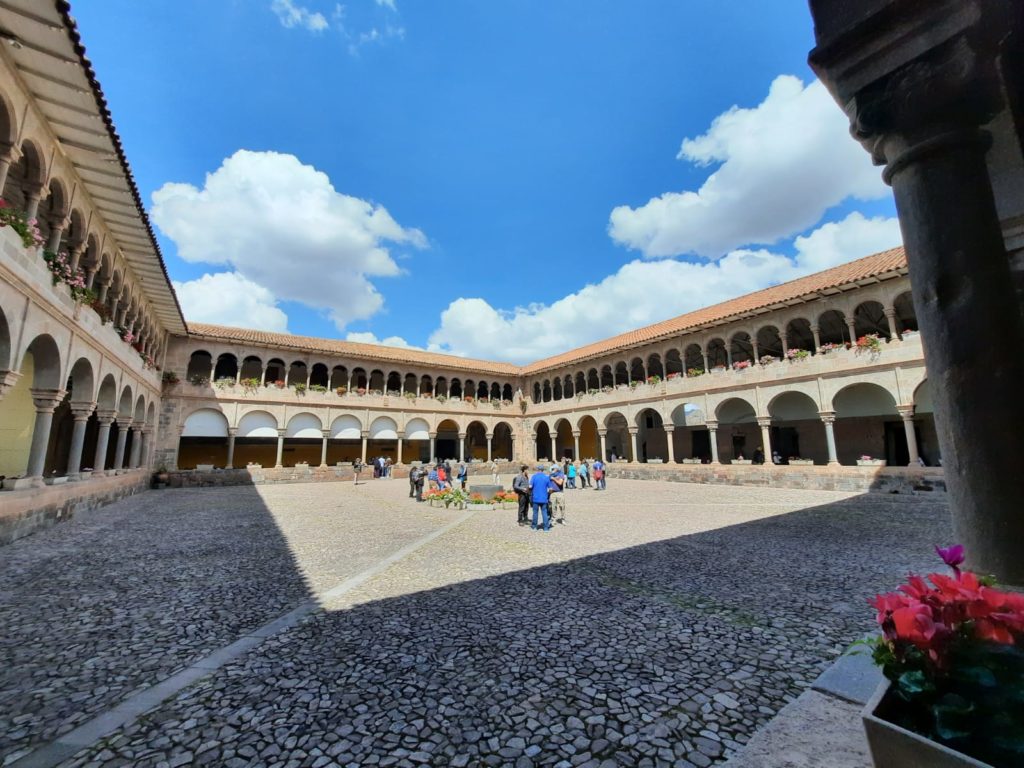




What Is The Qorikancha?
Thank you for asking! It’s one of the most unique places to visit in Cusco, and therefore one of the sites I was most excited to visit. The name means ‘golden temple’ or ‘golden enclosure’. This was once the most important temple in the Inca Empire. A technique known as ashlar masonry was used on the most important Inca buildings; this was an incredible example of it; finely dressed stones carefully shaped and fitted together so closely that nothing can pass between them.
Qorikancha was a temple for the worship of the sun. It was a spectacular affair – covered in gold and filled with golden statues and objects. It was also an astronomical observatory, for tracking solstices and constellations. Qorikancha was used for ancestor worship, ritual sacrifices, and also an Inca ceremony in which the sun was ceremonially ‘tied’ to a hitching post, or intihuatana.
If you’ve been reading my previous posts about Peru, you probably have an idea of what happened to the Qorikancha. It was destroyed, before a church was build on top of the remaining walls. In this case, a Convent of Santo Domingo. In the case of the Qorikancha, however, there is a little more to the story. Before its destruction, it was stripped of its gold, as part of an infamous chapter of history. The small Spanish forces had managed to capture the Sapa Inca, Atahualpa. He offered a fitting ransom in exchange for his liberty: filling a large room once with gold and twice with silver within two months. The splendours of the Qorikancha provided a handy source of gold for the ransom. The Conquistadors, however, after receiving the previous metals, reneged on the agreement and executed Atahualpa.
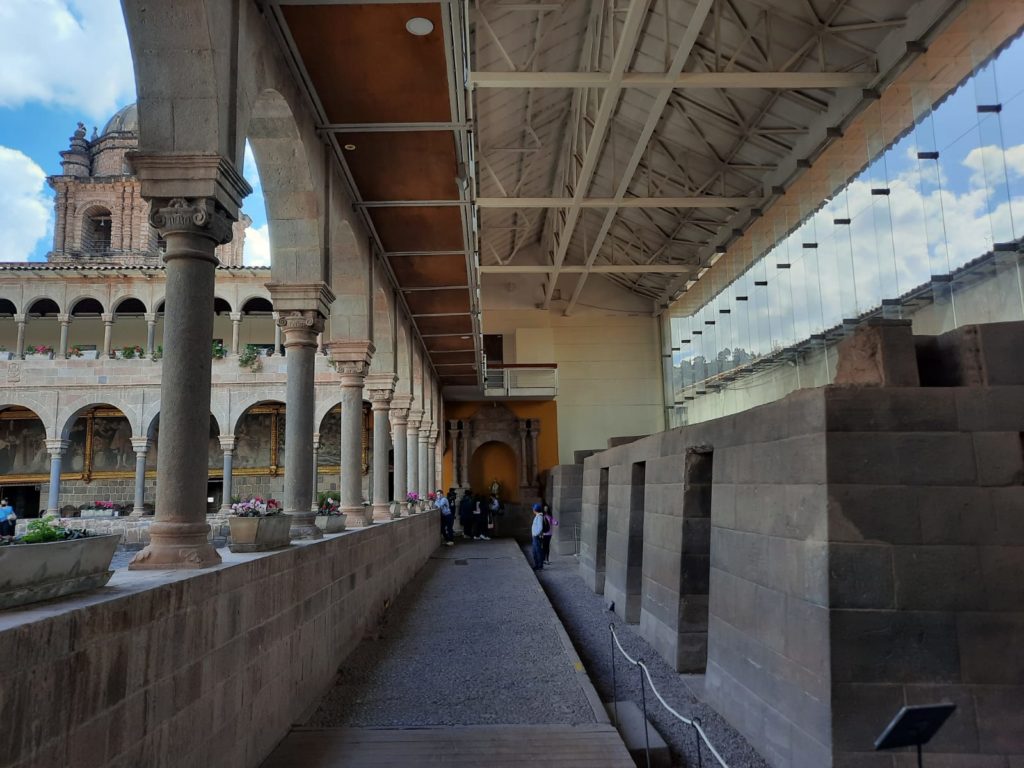
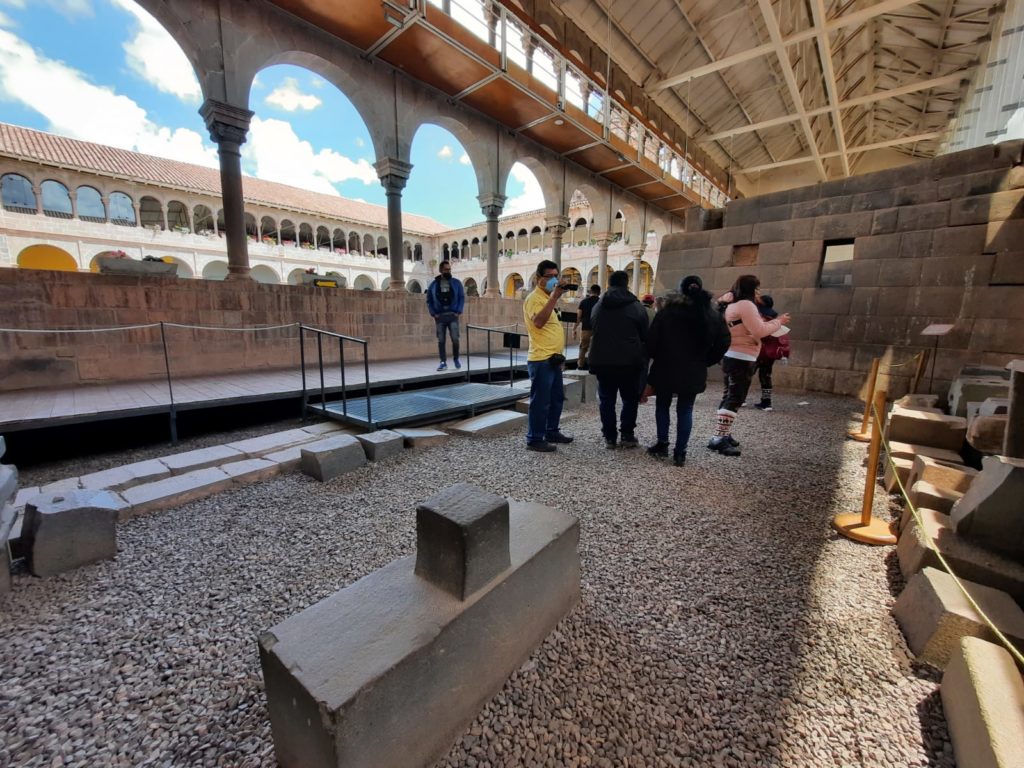
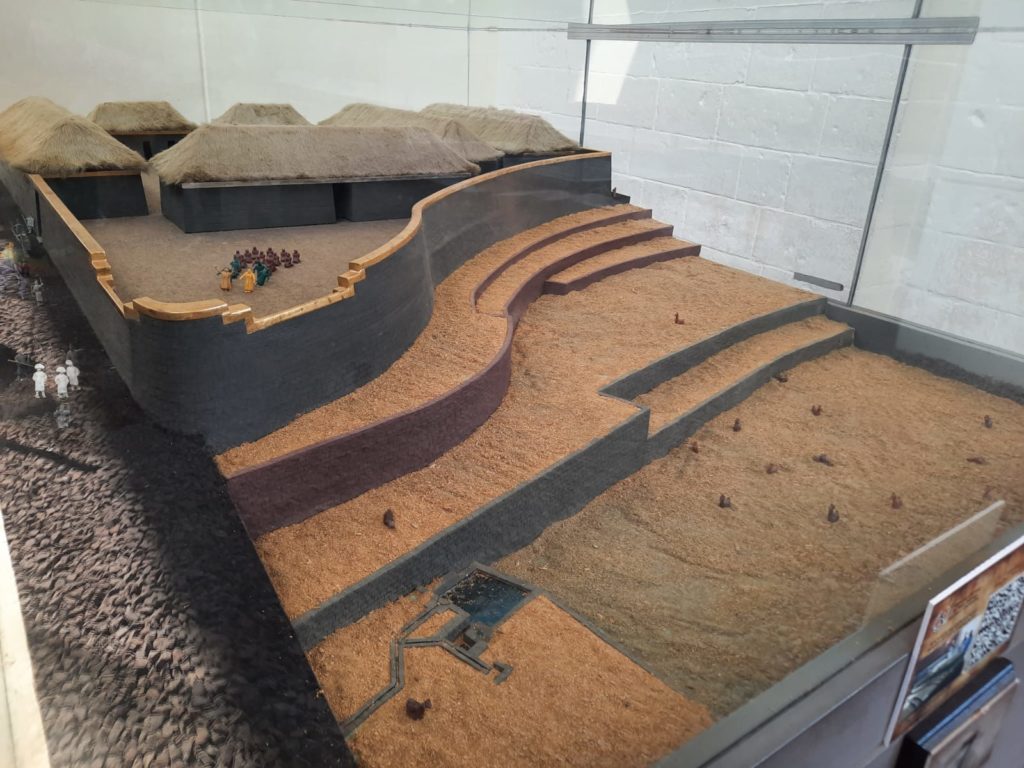
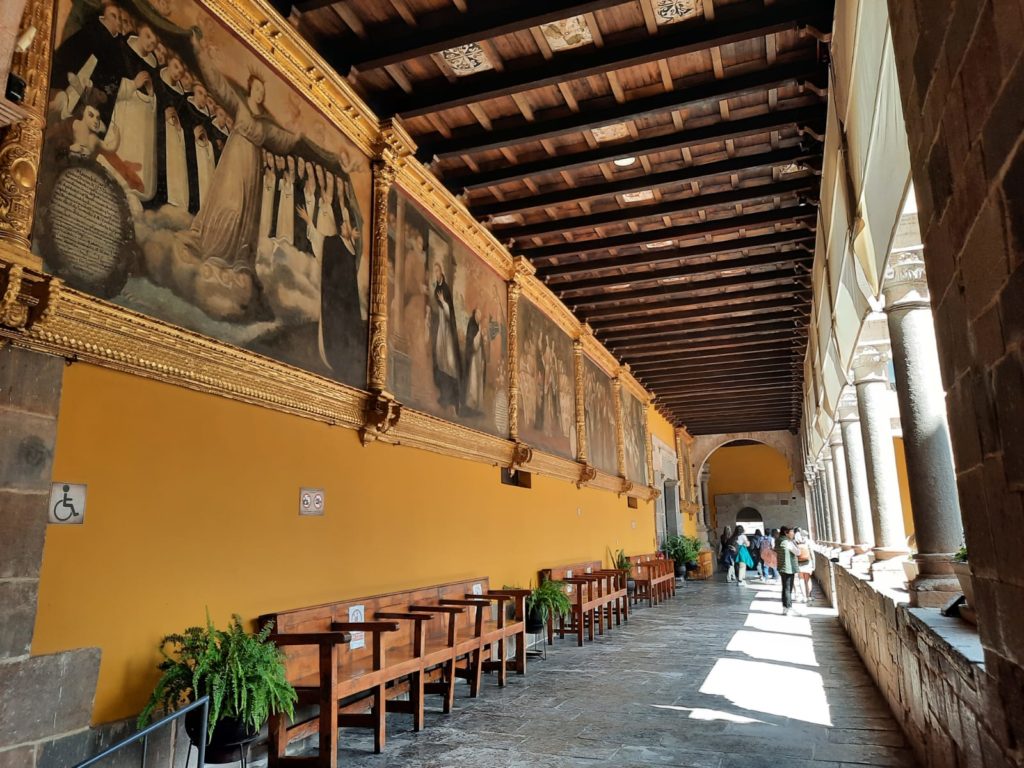
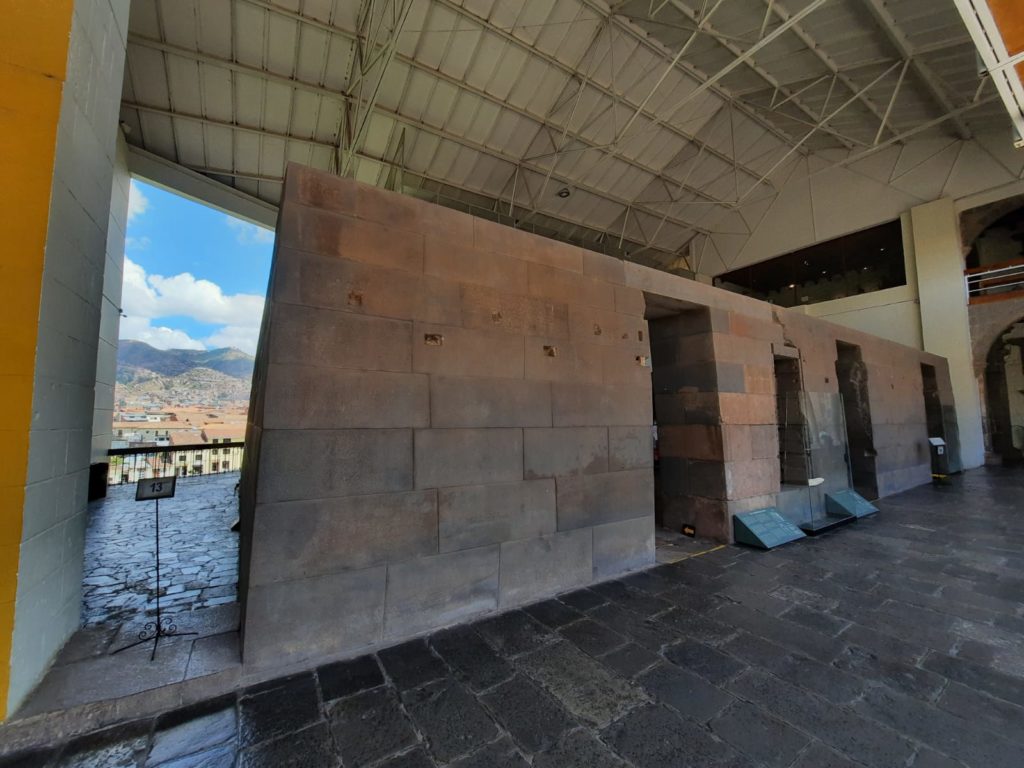
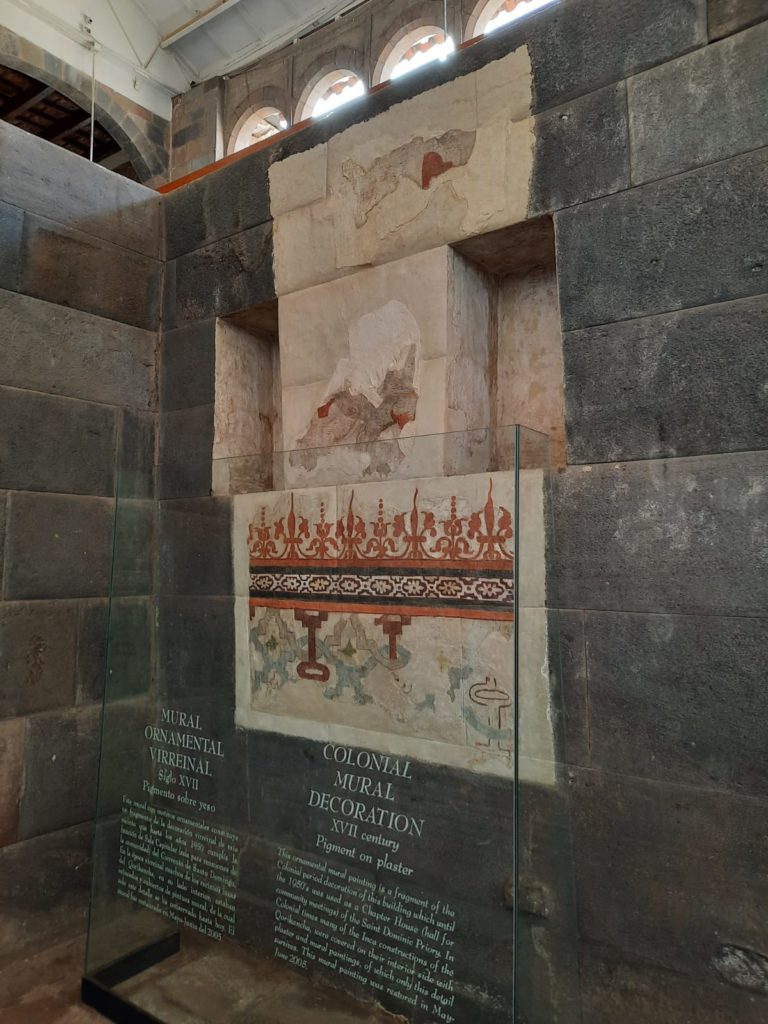
Convent of Santo Domingo vs. Qorikancha
After being stripped of its gold, the Qorikancha was destroyed in the war with the Spanish, and also plundered by settlers for building materials. Nonetheless, a substantial portion remained to serve as foundations for a Dominican convent and church. Construction finished in 1610. Like many places in Cusco (including the Museo Inka we visited recently), it was destroyed and rebuilt after the earthquake of 1650, and damaged and repaired after another in 1950. Also like other Cusco buildings, however, the Inca walls proved much hardier and more earthquake resistant than the later construction.
Today the Convent of Santo Domingo functions as much as an archaeological and visitor site as a church. Elements of remaining Inca walls within the church enclosure have been revealed and restored. There is also a garden to visit and see more original Inca elements; a small art museum for works of the Cusco School; displays of contemporary art; and a bell tower to climb for an additional small fee (worth it, great views). The contrast between Inca temple and colonial church is fascinating. The juxtaposition of styles and techniques is stark.
I found myself wondering what it must be like to be a convent operating a museum which people visit mostly to see your building’s Inca predecessor. The Convent of Santo Domingo have done their best to balance the Inca elements with stories from the site’s subsequent history. But nonetheless it is a unique place to see remaining Inca temple enclosures, and not a particularly unique example of a colonial-era convent. Still, it must provide a good source of income and bring in a wide array of visitors who would not otherwise see the convent.



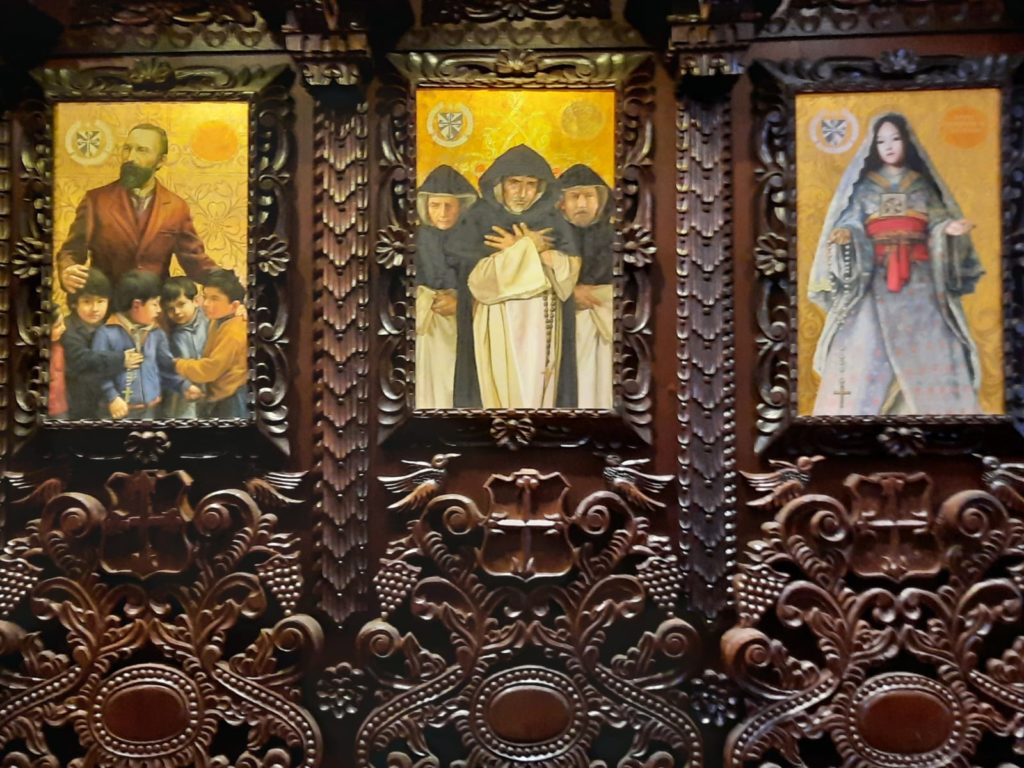
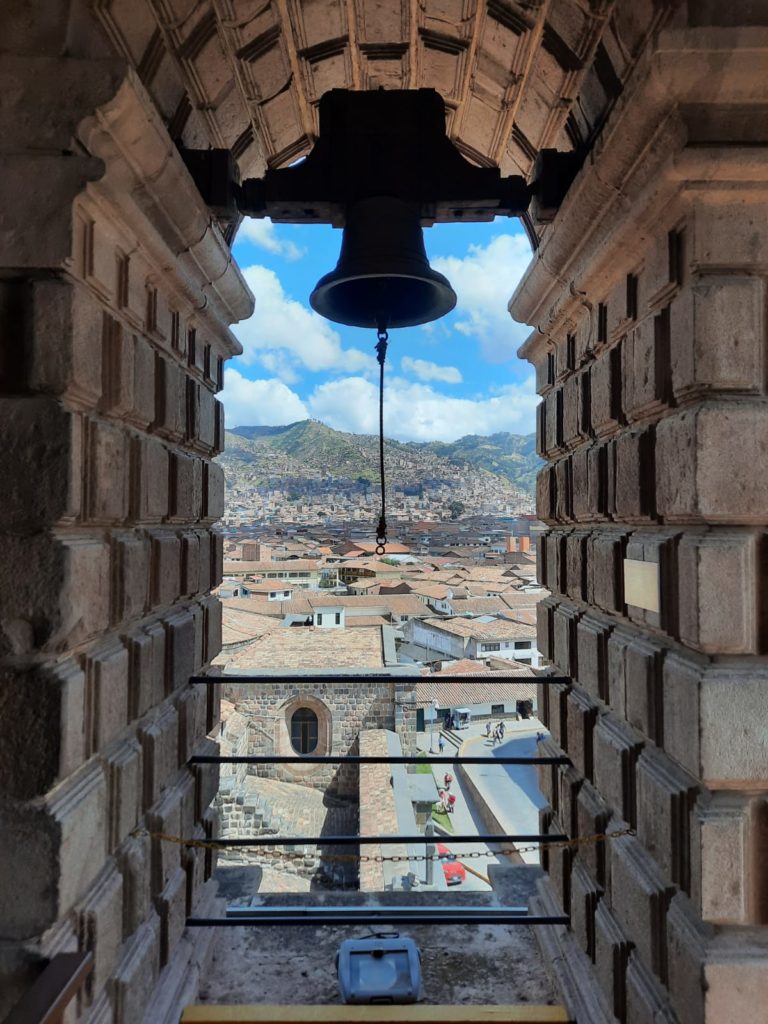
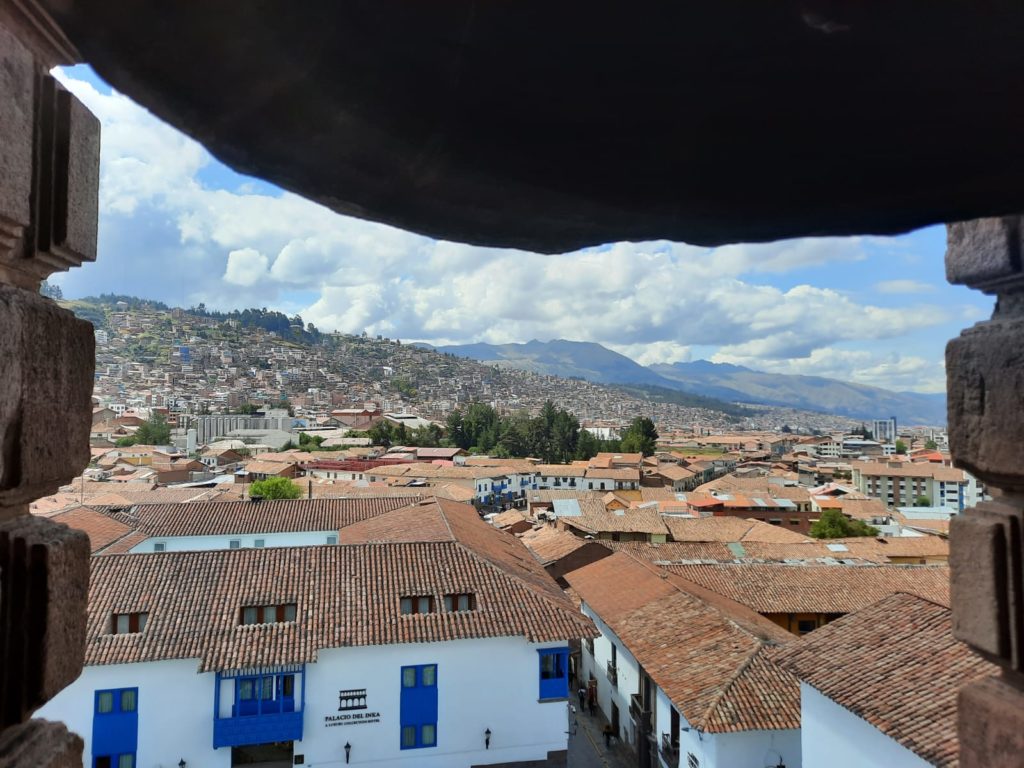
Visiting the Qorikancha
It was the 1950 earthquake that led, in some ways, to today’s museum at the Convent of Santo Domingo. While the destruction was not as great as in the previous earthquake in 1650, it was enough to reveal some of the Inca structures beneath later walls. Unlike in 1650, by 1950 archaeology was a profession, and there was an interest in learning about Peru’s Inca legacy. Archaeological excavations over the subsequent decades uncovered, preserved and presented various findings about the Qorikancha. In the 1970s the government even compulsorily purchased a number of buildings to allow the garden space in front of the convent to be excavated and restored.
The archaeological evidence already tells us a lot about Inca architecture. Visitors today can see very clearly not only the fine stonework, but the way the walls are always thickest at the bottom before tapering upwards. They also lean slightly inwards. Doorways are trapezoidal, often with double jambs as this is such an important site. Historical evidence, including from Inca Garcilaso de la Vega, adds to the physical evidence. We thus learn which chamber was dedicated to the rainbow, and which to the equinox. QR codes provide more information in different languages; and a model of the site helps us to imagine the full effect, without the later convent. Within Cusco itself, for my money this is the best place to transport yourself back to a pre-Columbian world and a different way of life.
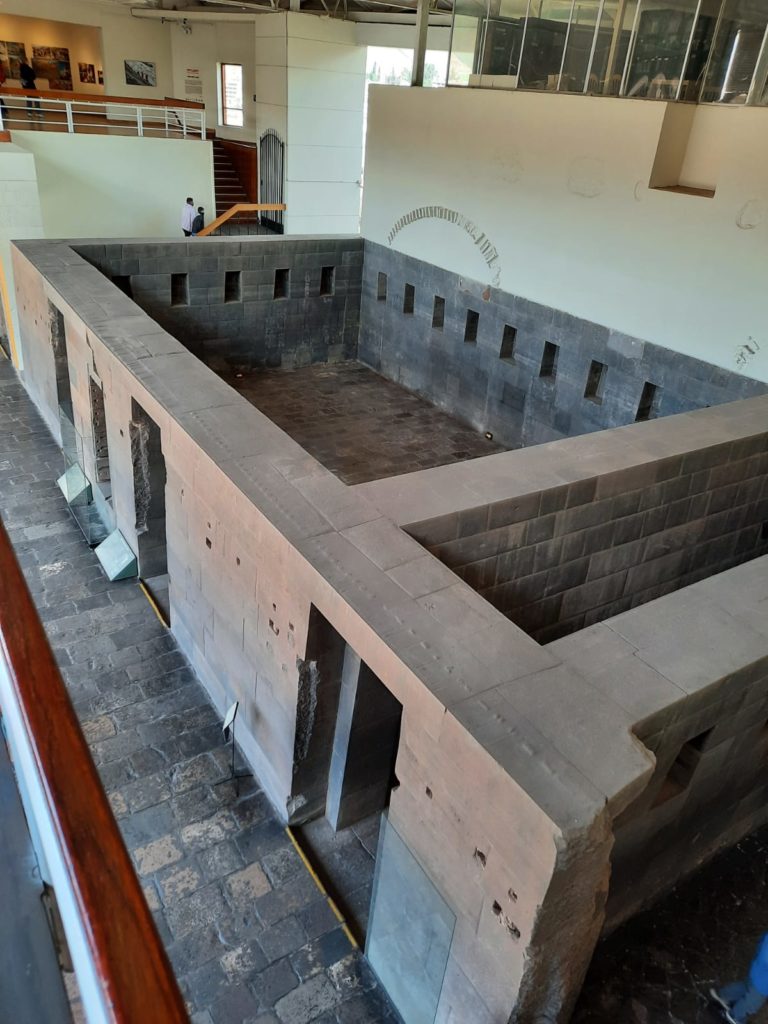

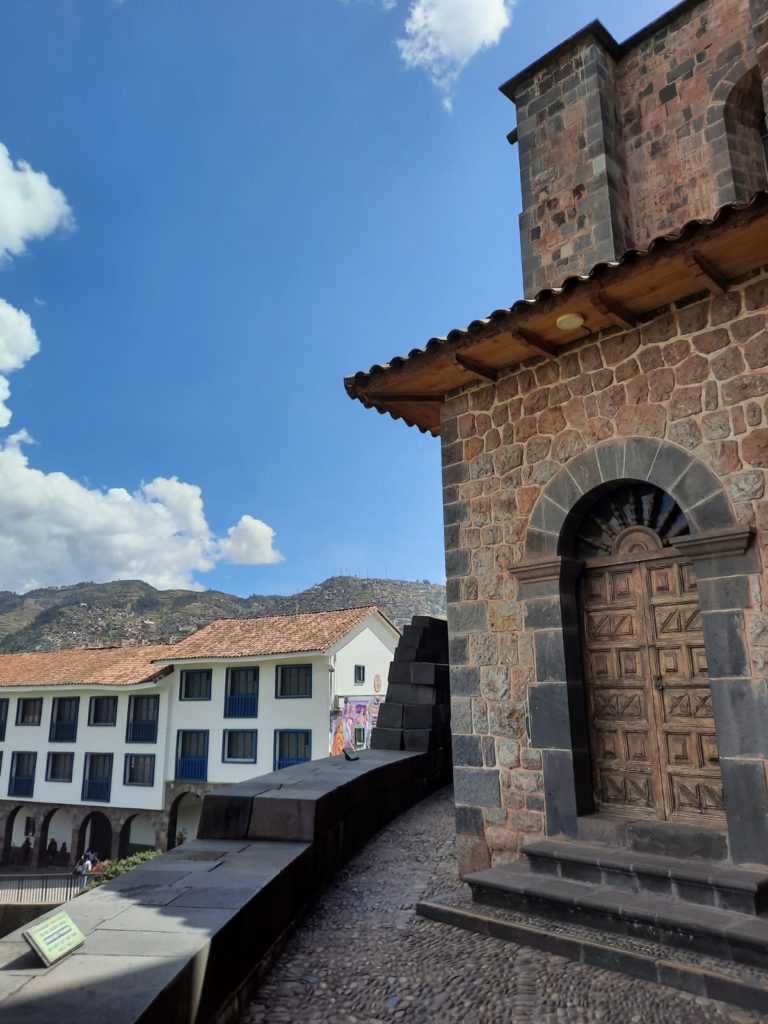

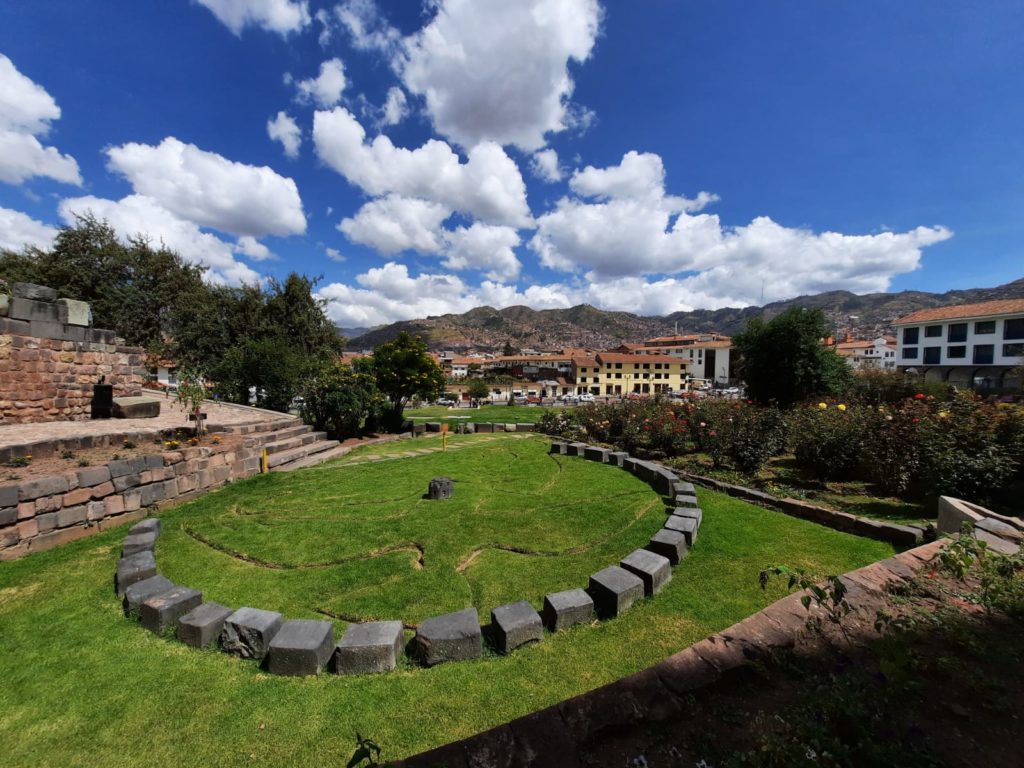
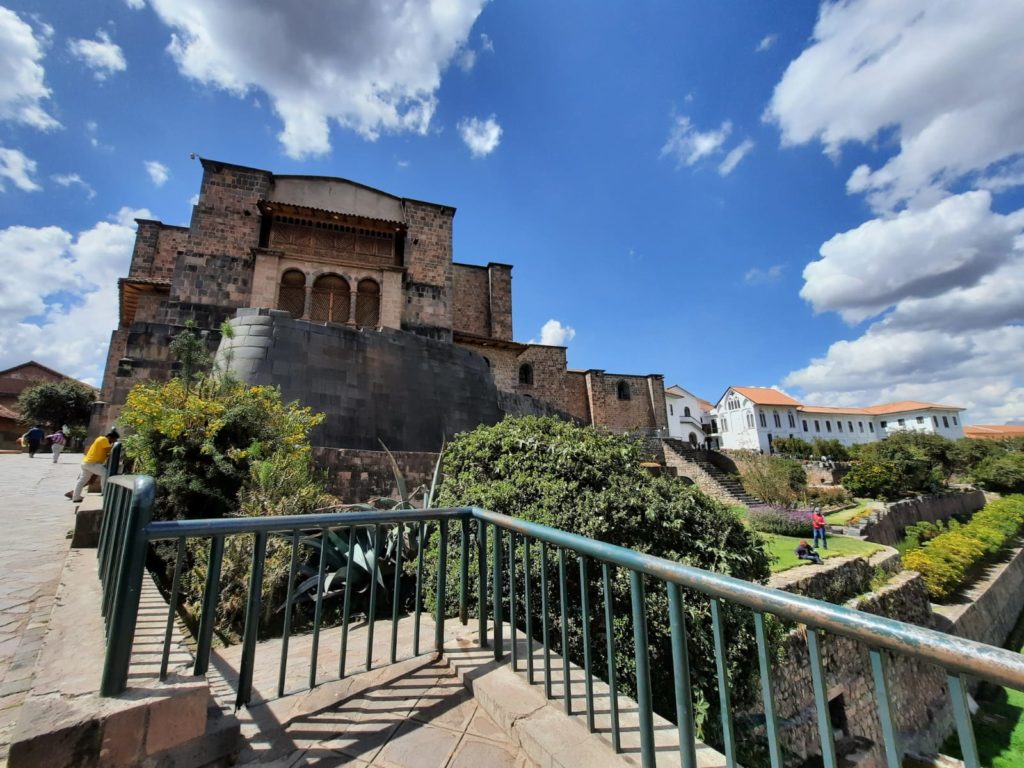
Worth A Trip?
I absolutely recommend a visit to the Qorikancha as part of any trip to Cusco. You can see plenty of ‘unadulterated’ Inca sites by heading out to the Sacred Valley. But the Qorikancha is unique in its importance in Inca history. As well as the story it tells about what happened next. Visualising the golden splendour of the temple, and then seeing the imposing Baroque church built over it is very powerful. As is seeing the remaining fragments of decoration painted right onto the Inca stones. The Qorikancha, even 500 years later, retains a strong impression of the collision of worlds.
The Qorikancha isn’t near many of Cusco’s other attractions, but Cusco is a compact city so it is easy to get to. Set aside an hour to visit, more if you want to take in everything. It’s not part of the boleto turistico: the small archaeological museum under the garden (Museo de Sitio Qorikancha) normally is, but wasn’t open when I visited in May 2022. Ticket prices are inexpensive, however, or you can visit on a guided tour if you so choose.
And lastly, a reminder on Quechua spellings, as discussed in a previous post. Quechua was not a written language before the Spanish Conquest. Even today, there is a great variety in spellings, particularly of Inca placenames. So if you are looking for the Coricancha, Koricancha or Qoricancha and find you are at the Qorikancha instead, you are in the right place!
Salterton Arts Review’s rating: 4/5
If you see this after your page is loaded completely, leafletJS files are missing.

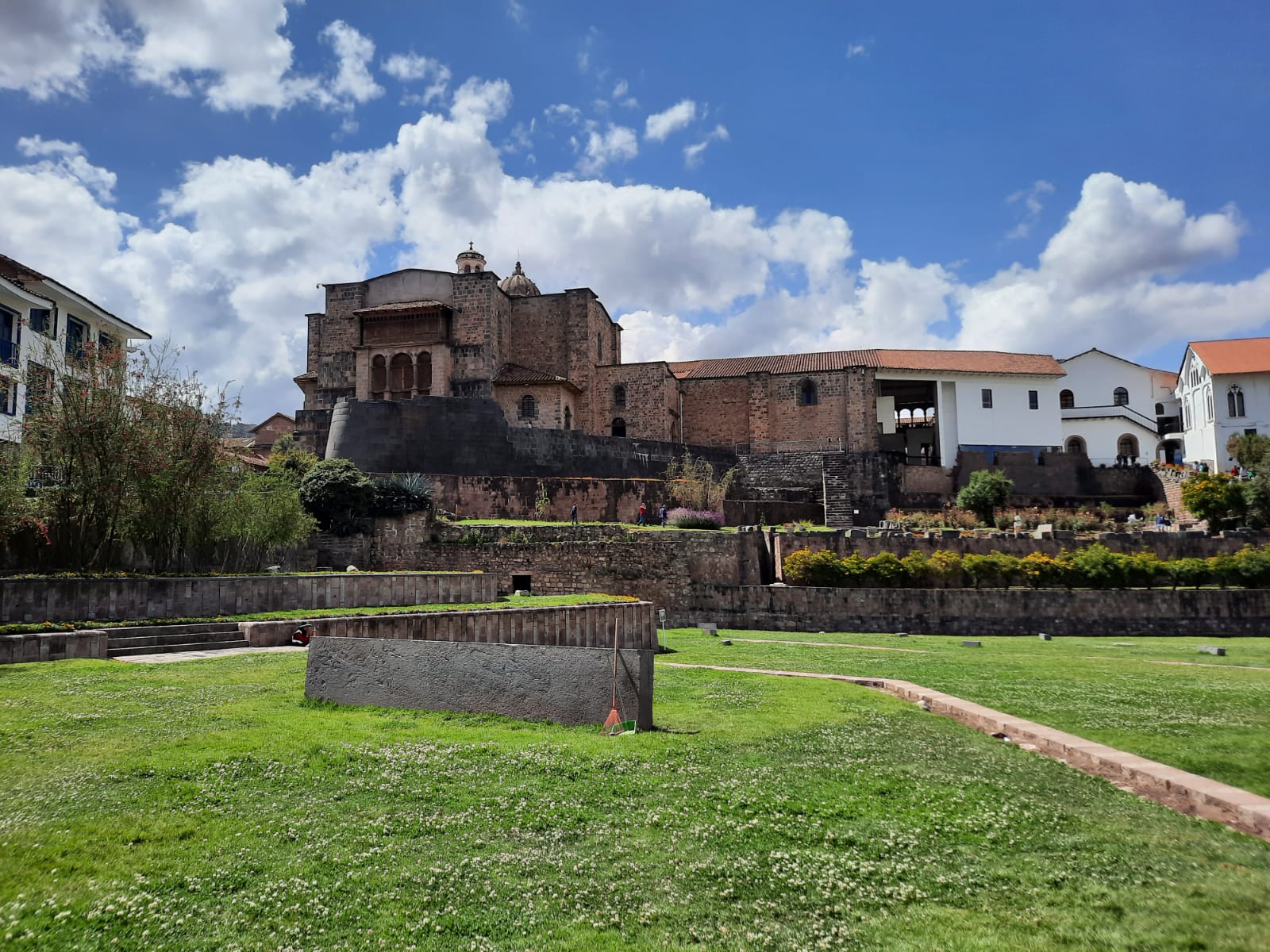
3 thoughts on “The Qorikancha (or Coricancha), Cusco”